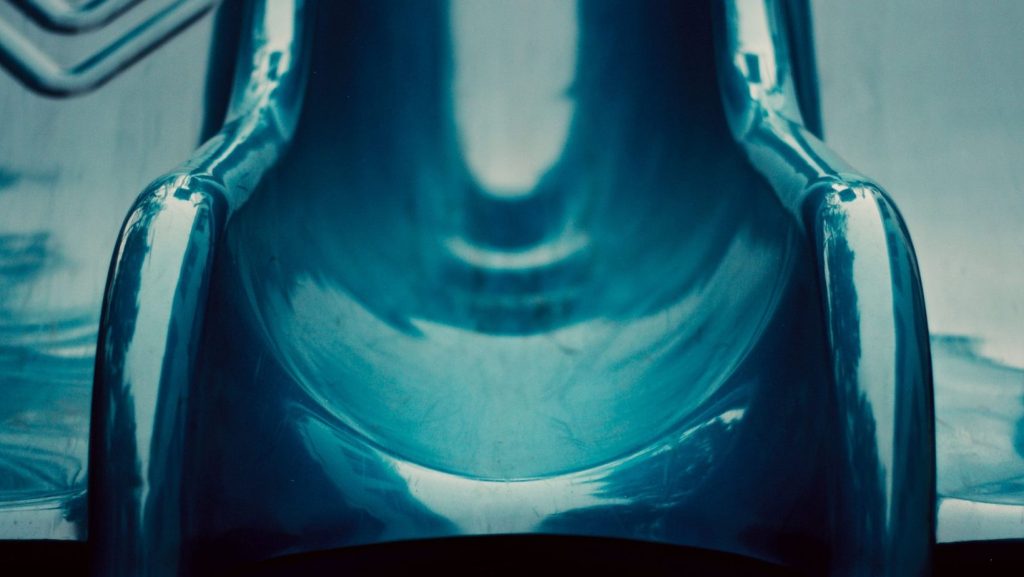
The world of product design is a landscape of innovation, where every material, every process, and every decision can make or break a project. As a product designer, navigating this terrain can be complex. Among the many options at your disposal, rotational molding stands out as a versatile and effective method for creating high-quality plastic components.
If you’re considering rotational molding for your next project or if you’re just diving into the possibilities of this manufacturing process, it’s crucial to understand the essential factors that can ensure a successful outcome. Let’s explore six indispensable tips to guide you on your rotational molding journey.
Tip 1: Understand What Rotational Molding is and the Process
Before getting started with your project, it’s important to understand precisely what rotational molding is and the intricacies of the process involved. Rotational molding, also known as rotomolding or custom molding, is a plastic manufacturing technique used to create hollow, seamless products of various sizes and shapes. It involves placing plastic resin in a mold, which is then heated as it rotates on multiple axes. The resin melts and coats the interior of the mold, forming the desired part as it cools. This method offers uniform thickness, allows for complex geometries, and can produce a multitude of finishes and colours.
Grasping the fundamentals of the rotational molding process sets the stage for making informed decisions on design and materials. Consider the design flexibility that rotomolding allows, such as the ability to add inserts, create double-walled sections, and incorporate intricate details without compromising the strength of the product. This understanding can prove vital when you tailor your designs to optimize for rotomolding, striking a balance between aesthetic desires and functional necessities.
Tip 2: Evaluate Suitability for Rotational Molding
Different types of plastic work best with different methods. With rotational molding, it’s really important to make sure your project fits the bill. This choice could affect your final product’s design, cost, and strength. If you answer ‘yes’ to any of the following questions, it’s a good sign that rotational molding could be the way to go for your project.
Questions to Ask Yourself If Rotational Molding is Right For Your Project
- Is the intended product large or small, and does it have a complex geometry that might benefit from the seamless construction offered by rotomolding?
- Would the product’s functionality and integrity be enhanced if fabricated as a single, hollow piece rather than being assembled from multiple parts?
- Is a non-porous surface that repels water necessary for the product’s environment or intended use?
- Will the product regularly come into contact with chemicals, requiring a high level of chemical resistance?
- Is there a specific need for the product to resist corrosion over time, especially if used in harsh or outdoor environments?
- Does the product design involve holding or containing various materials, potentially subjecting them to different stress factors or requiring a certain degree of structural integrity?
Tip 3: Nail the Wall Thickness Balance
Wall thickness is not a trivial consideration in rotational molding. It directly affects part weight, thermal properties, and part performance.
Balancing wall thickness is an art. If you make the walls too thin, you risk the part’s structural integrity, while excessively thick walls can result in warping and product deformities. A good rule of thumb is to achieve maximum strength with the least material possible.
Finite element analysis (FEA) and other simulations can be invaluable in this step, helping you predict material flow patterns and optimize wall thickness. By finding the sweet spot, you can craft parts that are both robust and efficient.
Tip 4: Consciously Design for Rotational Molding
Designing for rotational molding presents unique challenges. Unlike other processes that permit intricate design elements, rotational molding requires a balance between creativity and manufacturability. Key elements to keep in mind:
Draft Angles: Ensure your part has a sufficient draft, typically 2-3 degrees per side, to facilitate mold release.
Ribs and Bosses: Integrate these to add strength and support throughout the part. Keep them proportionate to the part size and thickness to avoid irregular cooling rates.
Corners and Edges: Smooth these generously to avoid material distribution issues and weak points.
Undercuts: Aim to minimize undercuts where possible; otherwise, design parts to allow for secondary operations like machining or welding.
Frequent collaboration between designers and molders allows for more intuitive designs that translate into smoother production. A physical prototype is invaluable for testing the design’s integrity before investing in the final tooling.
Tip 5: Choose Your Molding Partner Wisely
Your choice of rotational molding company can significantly influence the outcome of your project. Look for a partner that offers rotomolding services and provides comprehensive support from design to production.
The right partner should have a proven track record, industry-specific expertise, modern facilities, and a robust quality control system. They should be your guide throughout the project, offering advice on tooling, material selection, and process optimizations.
A solid collaboration with a reputable custom rotational molding partner can turn a good project into a great one and save you from the headaches of unsatisfactory results.
Conclusion: The Perfect Plastic Project Awaits
Implementing these tips in your rotational molding project is similar to laying a solid foundation for a structure. With careful planning, good design practices, and the right partnerships, you can ensure that your rotomolded products meet their mark in terms of quality, functionality, and efficiency.
Ready to transform your conceptual designs into high-quality products with custom rotational molding? Don’t navigate the complexities alone! Reach out to SPI Plastics, where our dedicated professionals are on standby, eager to guide you through the process of design and creation. Whether you’re at the starting gate or looking to refine an existing project, we provide the expertise you need. Contact us today, and let’s shape your ideas into reality. Your success is our achievement – let’s make it happen together.